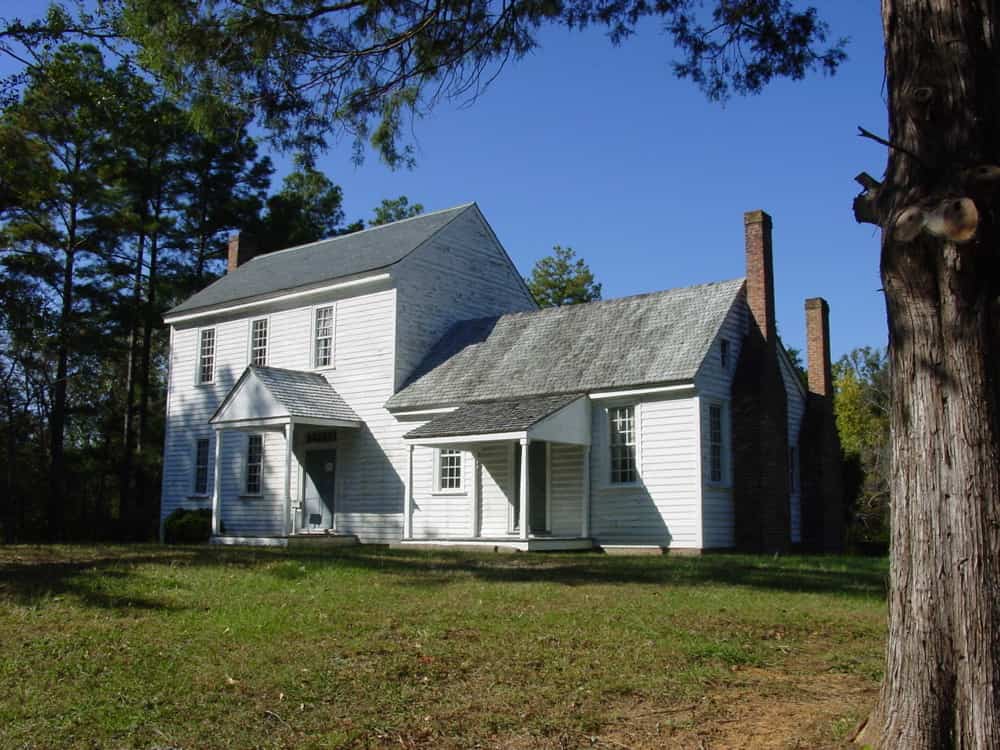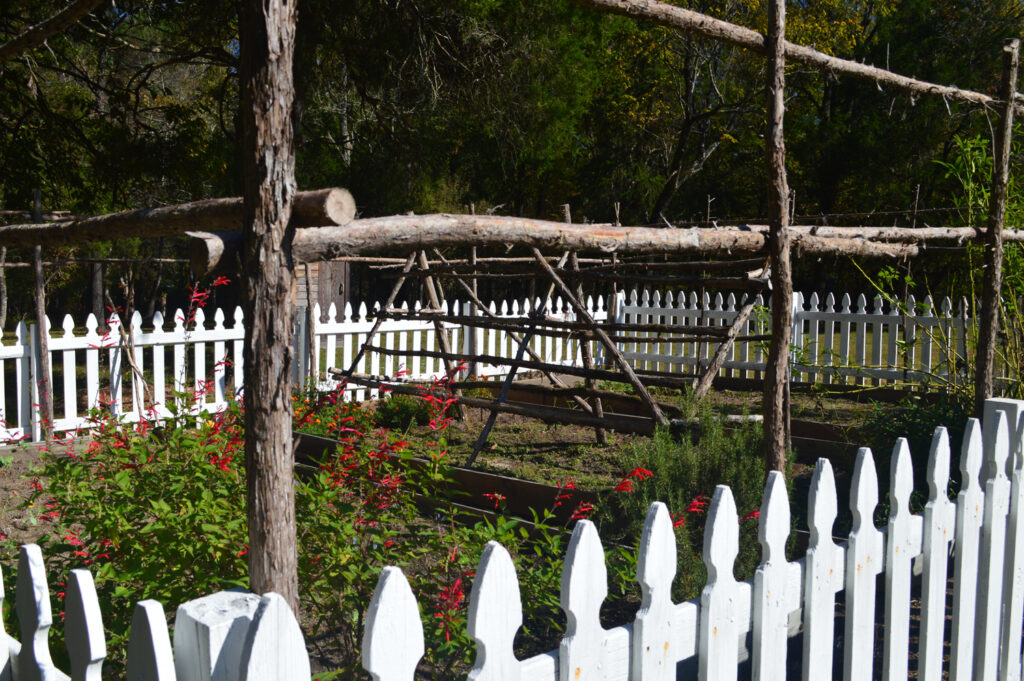Discover the Largest Plantation in North Carolina That Is the Size of a Town
For anyone living in the South, and probably many other sections of the country, plantation equals Black history and the story of slavery in America. This can make the visits to these still-standing locations challenging for folks, no matter the age, the background, or the mindset, but doing so can be exceptionally valuable. We repeat history by ignoring it. So, making your way to the largest plantation in North Carolina might just be the perfect choice for you and yours to learn, grow, and discover why “never again” is so important.
Let’s look at this once massive plantation, literally the size of a small city, situated right near Durham, North Carolina.
What Is the Largest Plantation in North Carolina?

©Larry Lamb / CC BY-SA 3.0 – License
Known as the Stagville Plantation, the largest plantation in North Carolina was once one of the largest sites of slavery in the whole state. The massive farm exists today as a “mere” 165-acre Historic Site, entirely dedicated to education on the lives, cultures, and slavery labor of the enslaved African Americans of the estate and nation.
How Big is the Largest Plantation in North Carolina?
Today, the largest plantation in North Carolina contains 165 acres of land with buildings across it. But back in the day, the plantation encompassed 30,000 acres, stretching across several counties in the North Carolina.
Where is the Largest Plantation in North Carolina?
The Historic Stagville Plantation rests on Old Oxford Highway, just outside of Durham, North Carolina.
History of the Stagville Plantation
The plantation itself dates back to the 1700s, a place of wheat, rye, corn, and textile production owned by the Bennehan and Cameron families.
Once upon a time, the Stagville Plantation belonged to Paul Cameron, the state’s largest slaveholder in 1860. He was one of the wealthiest men in the South, owning the massive plantation near Durham, with 470 slaves on the site, along with plantations in Alabama and Mississippi, as well. Across all the Cameron family plantations, more than 900 people were enslaved by 1865, just as the American Civil War came to an end. The Confederacy surrendered that year, but emancipation wasn’t instantaneous, nor automatic. 1865 should have seen instant freedom from slavery for African Americans all over the nation, but many continued under the yoke of slavery. The yoke remains heavy on the descendants of the enslaved people even now with racism built into much of the systems of the country before and since that time.
The Stagville Plantation, once a place of desperation and corruption of human morality, now focuses its efforts entirely in educating people of what it was truly like to be a enslaved on such a property, with buildings maintained from the era, others restored, and what it was like as the waves of emancipation spread across the nation.
After Emancipation, some of the former enslaved individuals chose to stay behind on the land as sharecroppers, while most left the property in pursuit of a better life. Many went into carpentry, masonry, textiles, and other industries in which they had already honed skills as enslaved persons.
What Remains at the Largest Plantation in North Carolina
Each house built for enslaved people contained four rooms, housing between eight and ten people in each room. Artifacts in the buildings help to show what life was like, with farming tools, house pieces, furniture, and more left in-tact or partially-so in the locations where visitors may see them.
Can You Visit the Largest Plantation in North Carolina?

© NCDOTcommunications / CC BY 2.0 Deed – License
Most of the land of the plantation today has been sold off, but what remains in the 165-acres is a State Historic Site managed by the local government and groups under granted-funding. Careful research and restorations have allowed the curators to help depict the lives of enslaved people from the generations on the plantation.
Today, you can tour original slave dwellings, a massive barn, outdoor archeological sites, and the Bennehan family house.
Hours:
- Tuesdays through Saturdays 9 a.m. to 5 p.m.
- Closed Sundays, Mondays, and most major holidays
Admission is free, with self-guided tour information provided, with no entry to buildings permitted. For those looking for guided tours, tickets are $2 for adults and $1 for seniors and children. Guided tours last 75 minutes, allowing access inside buildings. The tours are accessible for people with disabilities.









